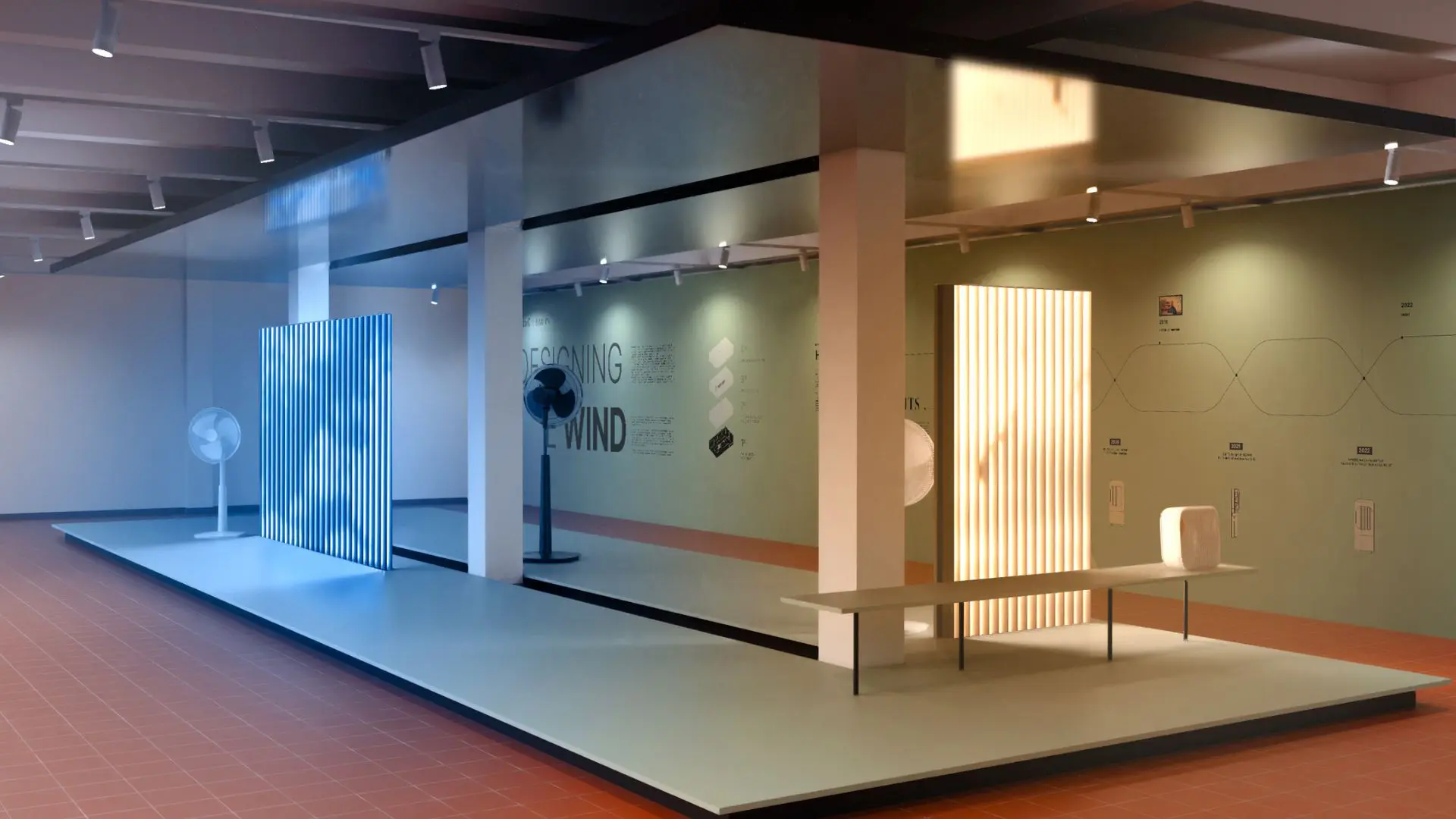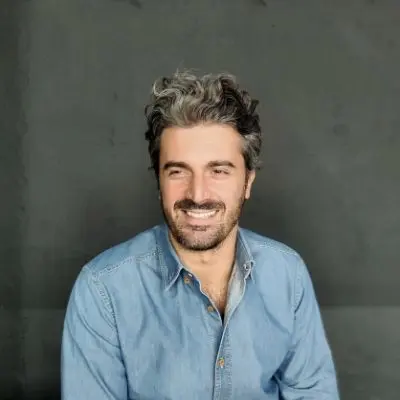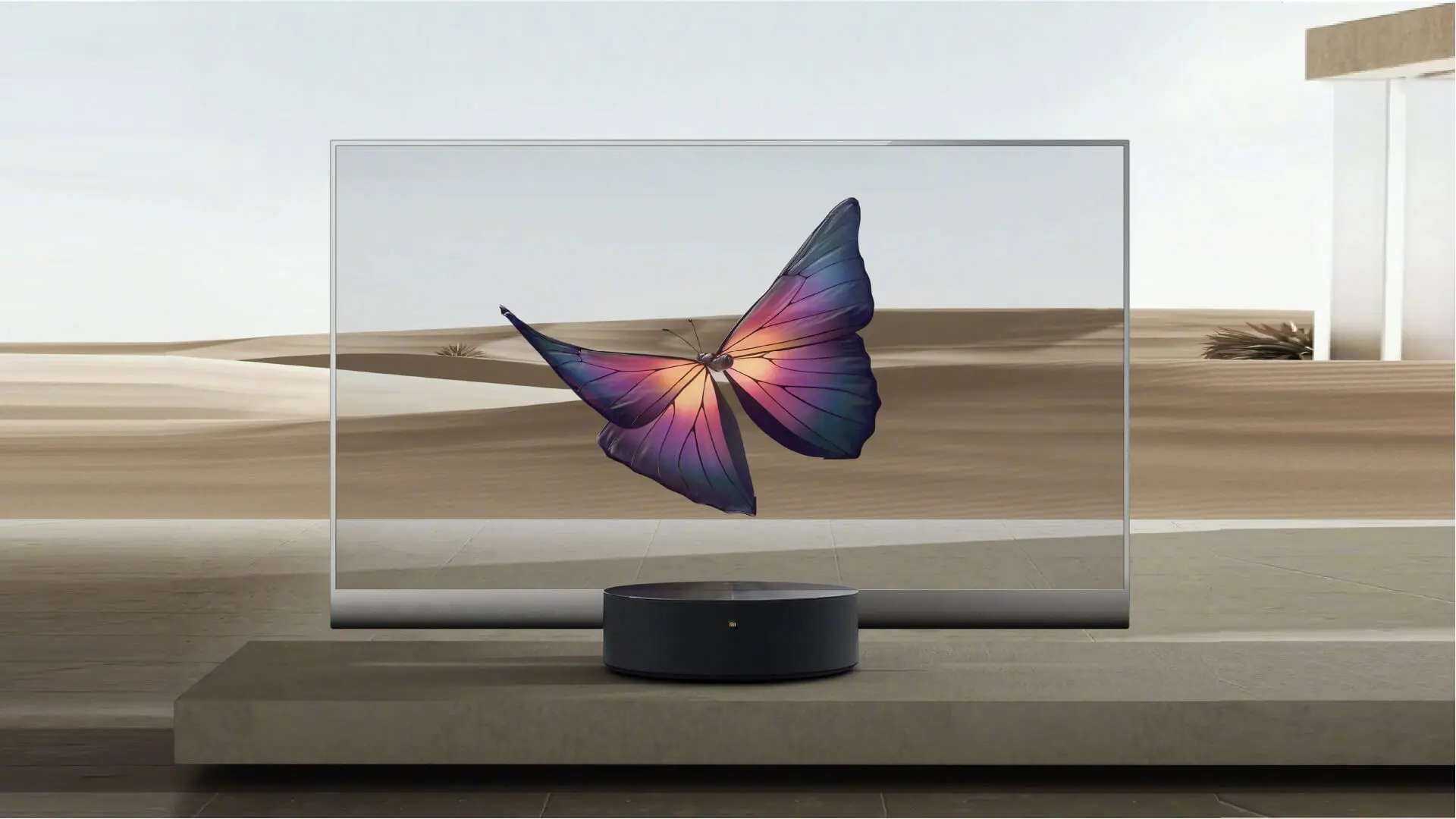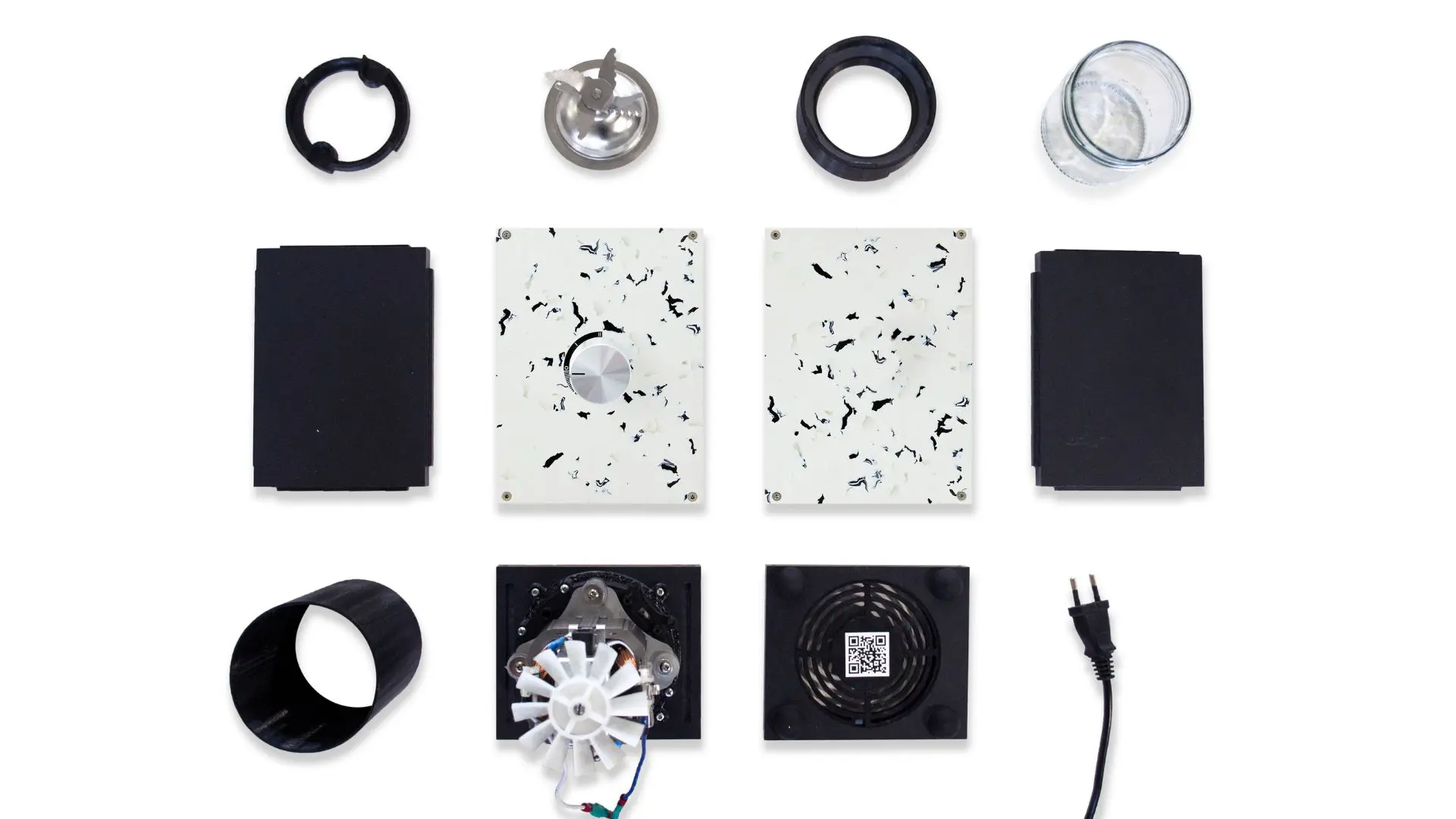Exhibition design as a narrative canvas, not limited to showcasing products
In the upcoming Bangkok Design Week, occurring from January 27th to February 4th, the Thai company Hatari, and the Milanese design studio Habits will unveil the core of the brand’s design philosophy through the captivating multisensory journey ‘Designing the Wind.’

At this year’s Bangkok Design Week, the spotlight shines on a remarkable collaboration between Hatari, Thailand’s leading air treatment company, and the Italian design studio Habits. Their joint exhibition, ‘Designing the Wind,’ at the historic Baan Trok Tua Ngork building, is a testament to their dedication and ingenuity, merging Hatari’s cutting-edge technology with the venue’s rich heritage.
Established in 1980 under the guidance of Mr. Joon Wanavit, Wanavit Manufacturing has gracefully evolved into a prominent figure in Thailand’s electronic fan product manufacturing landscape. Their journey has been marked by a steadfast commitment to precision in design, manufacturing excellence, and stringent quality control processes, which have earned them a sterling reputation in the industry.

Meanwhile, in Milan, Italy, the dynamic and multidisciplinary Habits Design Studio, co-founded by the visionary duo of Innocenzo Rifino and Diego Rossi in 2004, has cultivated an international reputation as a hub for design and innovation.
Their journey began in 2017 when Hatari recognized the creative prowess of Habits Design Studio and decided to embark on a transformative partnership. Together, they seek to convey a profound message through their products – one that transcends the ordinary and captures the essence of modern living.
In this context, we’ll delve into the collaborative process, the concept behind their exhibition ‘Designing The Wind’, and the role of industrial design in shaping perceptions within the Thai market.

Questions for Hatari
How did you first connect with Habits, and what inspired your collaboration with them?
Hatari:
“Since our initial connection with Habits Design Studio in 2017, our journey together has been nothing short of remarkable. From the outset, we understood the significance of keeping our product line aligned with the ever-evolving landscape of tastes and lifestyles. With Habits’ expertise and creative insights, we knew that they were the missing piece to complete the puzzle.”
What core values does Hatari seek to communicate through the design of its products?
Hatari:
“Hatari aims to transcend the ordinary and capture the essence of modern living. We are dedicated to utilizing design not only to enhance product aesthetics, but also to elevate users’ experience. Our aim is to seamlessly blend form and function to enhance the overall user experience, ensuring that our products are not only efficient but also a JOY to interact with.”

Regarding your presence at the Bangkok Design Week, what message does your company wish to convey to the event’s attendees?
Hatari:
“With 30 years of experience, our brand embarks on a journey to share our passion for design tailored to modern living. We recognize the importance of a substantial update to stay in tune with evolving tastes and lifestyles. The pursuit goes beyond creating aesthetically pleasing products or updating graphic identities. We recognize the need for a comprehensive approach to establish a robust brand from its core.
Our mission is to share our journey with the world, our unwavering passion for design, and our dedication to crafting beautiful products that enhance and enrich our lives.”

Questions for Habits
Since 2017, you’ve been collaborating with Hatari on designing their ventilation appliance collection. Could you share how you entered the Thai market and gathered insights to shape your product development?
Habits:
“Our venture into the Thai market was unplanned; it unfolded naturally when Hatari recognized our work for one of their Chinese partners. Having worked on prior projects in Southeast Asia, including collaborations with prominent Malaysian companies, we were already attuned to the region’s consumer mindset.
Since then, our partnership with Hatari has been a series of triumphs, forging a connection beyond professional achievements. It’s a relationship grounded in profound mutual understanding and respect—a design journey that unfolded unexpectedly yet beautifully.”

When it comes to design, what does it entail to partner with a Thai appliance company, and what is the collaborative process like?
Habits:
“Thailand’s industrial fabric has been growing strongly for some time now, driven by initially Japanese but now international investments. This manufacturing attitude has created a consequent product culture and a subsequent design culture, to which we try to actively contribute.
In this region, consumers appreciate the enhanced quality that design brings to products—driven by a heightened curiosity for embracing new ideas. This inclination is likely influenced by the youthful demographic and recent economic growth. Our design collaboration with Hatari has evolved into a deeply shared and co-creative process. What adds to the fortunate nature of this partnership is having a client who is a design expert in their own right.
Given our inclination towards technical and production aspects, we ensure a seamless workflow from the initial brief to the product’s market launch. This emphasis on sustainable creativity underscores our commitment to delivering innovative solutions for companies.”

Regarding your upcoming exhibition at the Bangkok Design Week, themed ‘Designing the Wind,’ could you elaborate on the concept behind it and the communication goals you aim to achieve?
Habits:
“The upcoming exhibition at Baan Trok Tua Ngork in Bangkok is a narrative dedicated to the creations of HABITS and HATARI. Spanning four floors, each delves into interpreting the products or sharing their origin stories.
For the ground and third floors we have designed and realised ourselves interactive installations. The 1st is an interpretation of our screen PANORAMA – ambient virtual reality – on which we reproduce scenes of airflows, skies and landscapes triggered by the activation of fan devices. The 3rd floor is dedicated to an interactive installation in which the expressive element is not visual but haptic—the airflow generated by a matrix of fans. Fans are not just objects with visible and appreciable physical characteristics; they also react tactilely while in operation. In our installation of the products, we aimed to aesthetically capture this experience.
The exhibition’s objective is to communicate Hatari’s new design direction in collaboration with Habits to the Thai general public. As a leading company in Thailand, their shift towards design represents a significant perspective change for consumers and air-rated appliance manufacturers globally. Simultaneously, it’s an opportunity for us to reaffirm our presence and active role in the design discourse in Thailand.”

The exhibition unfolds within the historic Baan Trok Tua Ngork building, where Hatari’s technology merges with the location’s heritage. What motivated your choice of this venue, and how did you envision and create this immersive experience?
Habits:
“We’ve opted for the most exquisite gallery in the design week area, a visually stunning space that forms an engaging setting. This architecturally distinctive venue sets the stage for a dialogue between local tradition and our approach to contemporary design. The appliances’ simple lines complement the gallery’s expressive architecture with graceful lightness. Our design philosophy consistently highlights the symbiotic relationship between the product and its environment.”

In the current historical context, what role does industrial design play in shaping the perceptions of Thai consumers?
Habits:
“Our perspective is distinctly Italian—we strive for excellence in the products we design. We believe this commitment shines through in the eyes of consumers, who recognize the inventive, aesthetic, and functional qualities of a well-executed design. I trust that these values are communicated through our products and are perceptible to Thai consumers.
Our design philosophy isn’t geared towards quick sales, but rather toward establishing a stable and enduring presence in the market. We aim for a lasting impact that goes beyond immediate transactions, fostering a sustained and valued relationship with our audience.”













